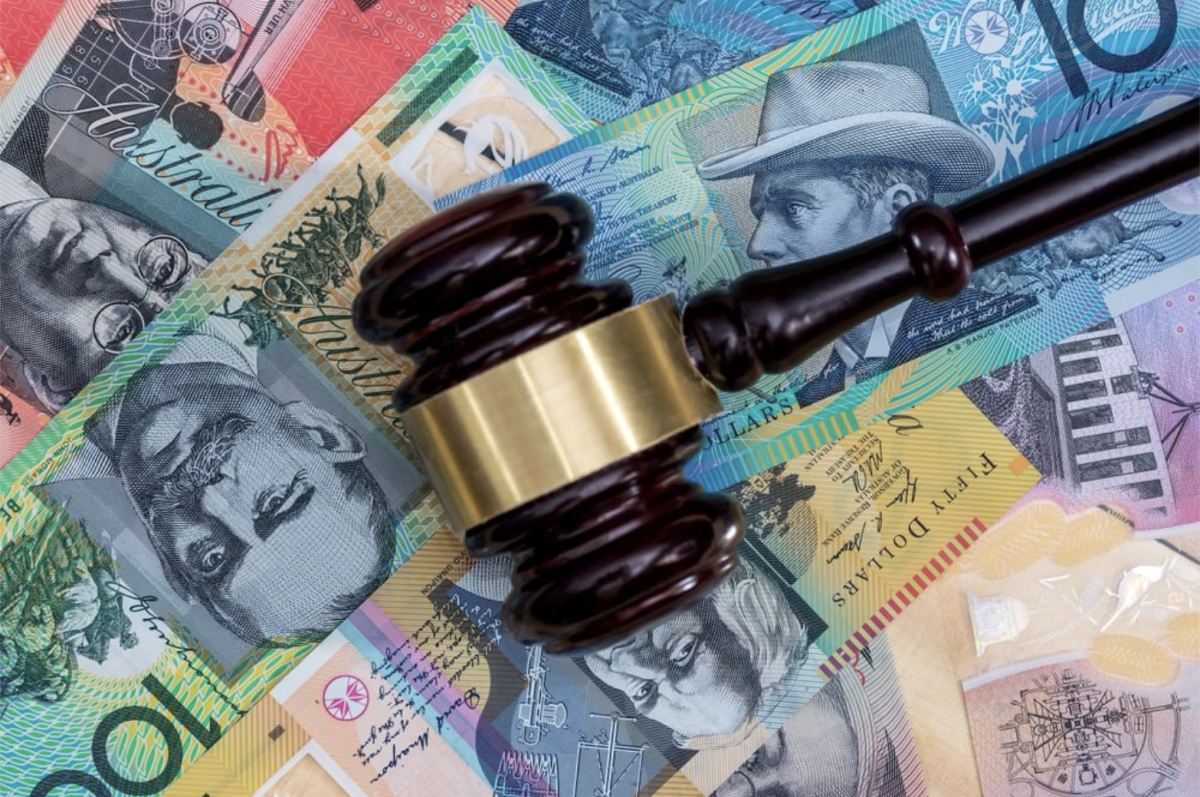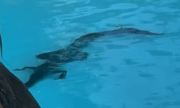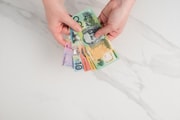
The warning signs were there, but Helen from Cessnock didn’t notice until it was too late. The $50 note she’d been given as change looked perfectly normal, until her bank later told her it was worthless.
She’s not alone. Right across Australia, police have recorded more than 80 counterfeit cash incidents since December last year (2024) in the Australian Capital Territory (ACT) alone, while South Australia reported 207 cases of counterfeit notes being used at retail locations in just two months during August and September 2025.
The surge isn’t limited to major cities. New South Wales Police recently seized over $2,600 worth of fake $50 and $100 notes from businesses across Hunter Valley towns including Cessnock, Kurri Kurri, Muswellbrook, and Scone between May and October this year.
In this article
The sophisticated new threat
What makes this wave of counterfeiting particularly concerning is the improving quality.
The Reserve Bank of Australia graded 40 per cent of counterfeit notes it received as 'good to excellent', meaning they're becoming harder to spot with a casual glance.
The $50 note continues to be the most counterfeited denomination, with criminals typically targeting small purchases to maximise their genuine change. A favourite trick involves buying a few dollars worth of items with a fake $50 note, walking away with more than $45 in real money.
'Often the counterfeit currency has COPY or PROP written on the banknote in small letters and they lack the key security features of legitimate cash.'
Melbourne food truck owner Ellie Marin has experienced this firsthand across her multiple businesses. 'These customers come in and they buy a few cans of Coke, then they get $92 change in real money,' she explains. 'So they just use us to wash the money, and the frustrating thing is, they use very small businesses like mine.'
Her solution? She no longer accepts $100 notes at all.
How to protect yourself: The five-second check
Despite the improving quality, genuine Australian banknotes remain among the world's most secure. For a long time now Australia has had one of the lowest counterfeiting rates in the world, with sophisticated security features that are difficult to replicate perfectly.
Here's your quick authentication checklist:
- Feel the difference: It is difficult to start a tear along the edge of a genuine banknote. A genuine banknote should return back to shape after it is scrunched up. Most fakes are printed on paper and tear easily.
- Check the window: The clear window should be an integral part of the banknote and not an addition. Check that the white image printed on the window cannot be easily rubbed off.
- Look for the shadow: When a genuine banknote is held up to the light, the Australian Coat of Arms should be visible under the print. This 'shadow image' is created by variations in the background printing on the plastic substrate.
- Feel the texture: On genuine Australian banknotes, the slightly raised print can be felt by running a finger across the portraits and other major design elements.
- Spot the star: If you hold the banknote up to the light, the diamond shapes should align perfectly to form a seven-pointed star inside the circle.
Did you know?
Did you know?
The Reserve Bank received around 17,000 counterfeits in 2021 with a total value of just over $1.3 million.
This is small relative to the total number of banknotes in circulation (at around two billion notes, worth $102 billion).
The cost of being caught
The legal consequences for counterfeiting are severe and escalating. Under federal law, the maximum penalty is 14 years' imprisonment for making counterfeit money, while using counterfeit money knowingly carries 12 years' imprisonment. Even possessing counterfeit money carries a maximum penalty of 10 years' imprisonment.
Source: 9 News Australia / Youtube.
For companies, the financial penalties are equally harsh, with fines reaching hundreds of thousands of dollars. A penalty unit is currently $330, meaning corporate penalties can exceed $166,000 for serious offences.
What happens if you accept fake cash?
Unfortunately, if counterfeit notes are banked, financial institutions will simply deduct the amount from your account, you will not be reimbursed. A counterfeit has no value, making prevention your only protection.
New banknote technology
Australia's banknote security continues evolving with new releases featuring enhanced protection. The latest series includes distinctive top-to-bottom windows with dynamic security features—tilt the banknote and you'll see a Black Swan move its wings on the new $50 note.
Turn the banknote over and in the top corner there's a prominent patch that changes colour in a rolling effect, providing another quick verification method.
What to do if you suspect a fake
If you encounter suspicious cash, don't panic, but do act quickly. You are well within your rights to refuse to accept a banknote if you have concerns about it. Under no circumstances should you take actions that may jeopardise your safety or that of others.
For suspected counterfeits you've already accepted:
- Handle the note minimally and store it in an envelope
- Note when, where, and how you received it
- Take it to State or Federal police as soon as possible, as it is an offence to knowingly possess counterfeit banknotes. Remember, you won't be reimbursed
The Reserve Bank provides free detection guides and training materials at banknotes.rba.gov.au, while suspicious notes should be reported to your local police station or Crime Stoppers on 1800 333 000.
What This Means For You
Remember, knowing how to check the security features is the best way to protect yourself. In our cashless world, the notes we do handle deserve that extra moment of attention.
Have you encountered suspicious cash recently, or do you have tips for spotting fakes? Share your experiences and help protect other readers in the comments below.







